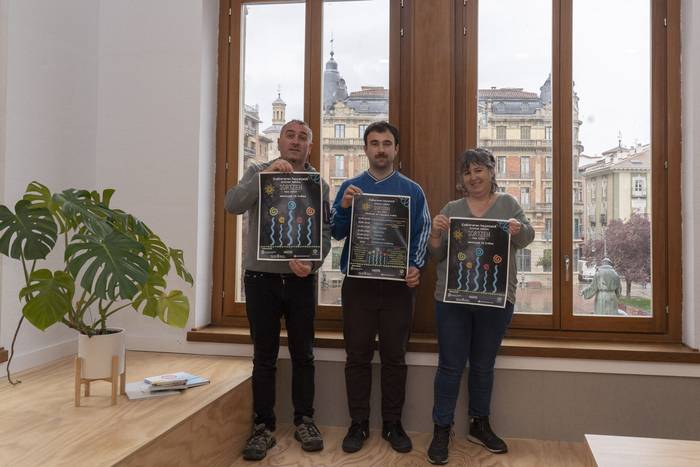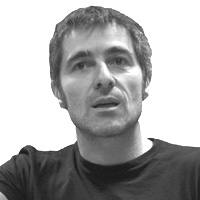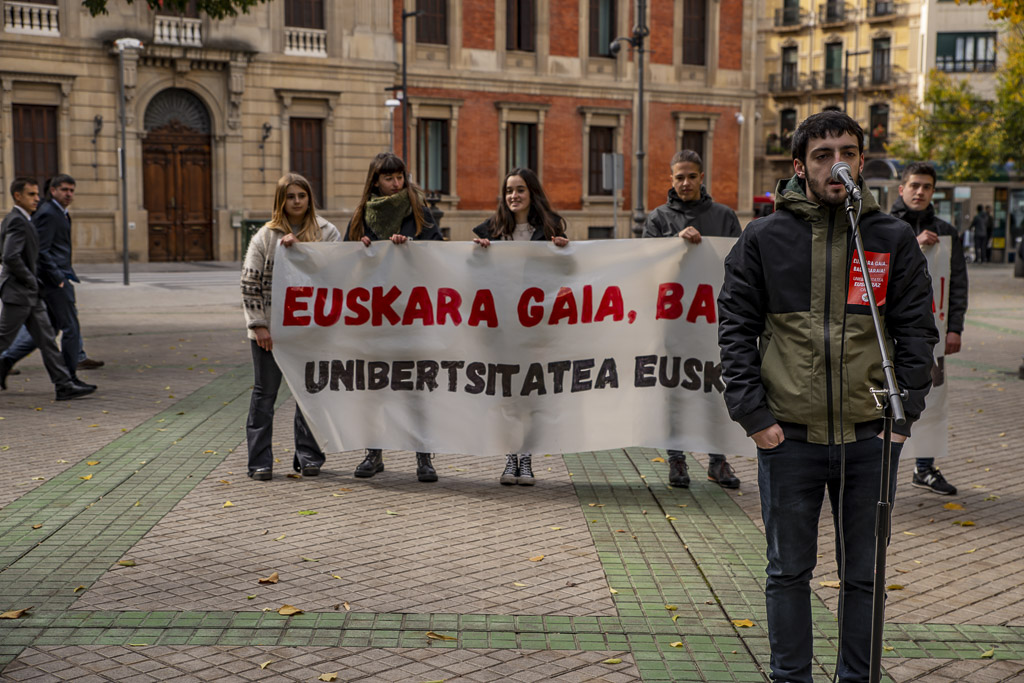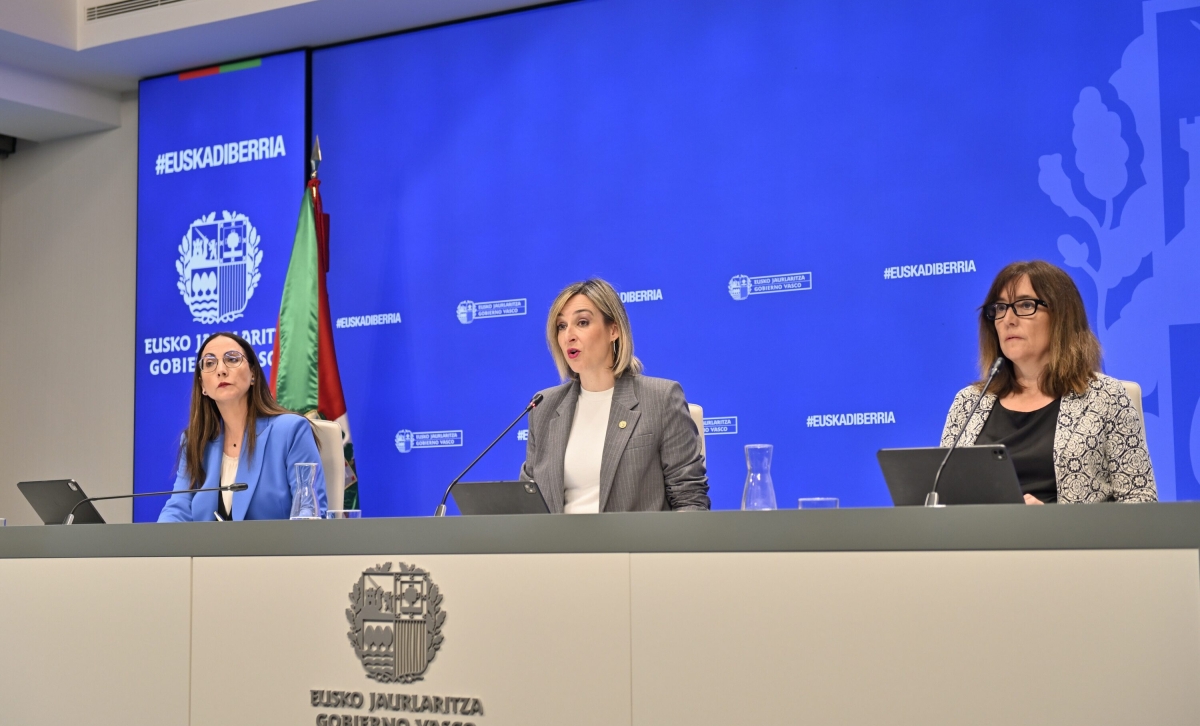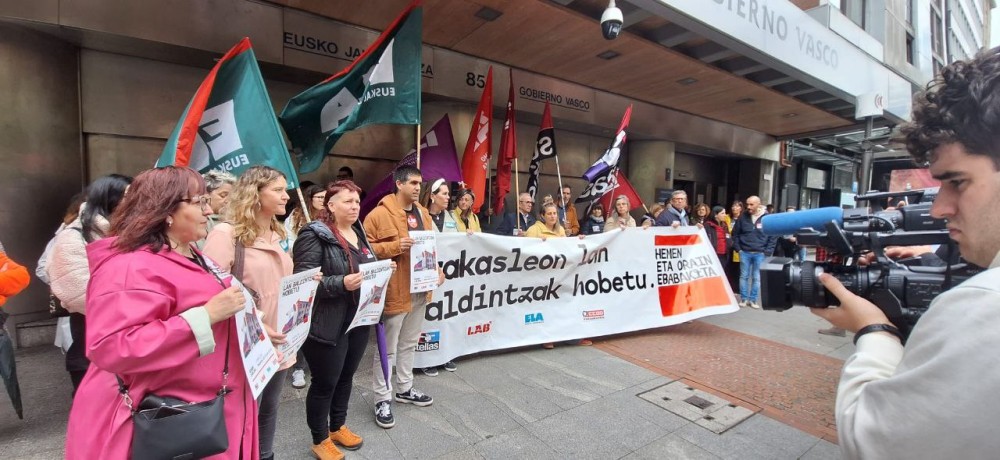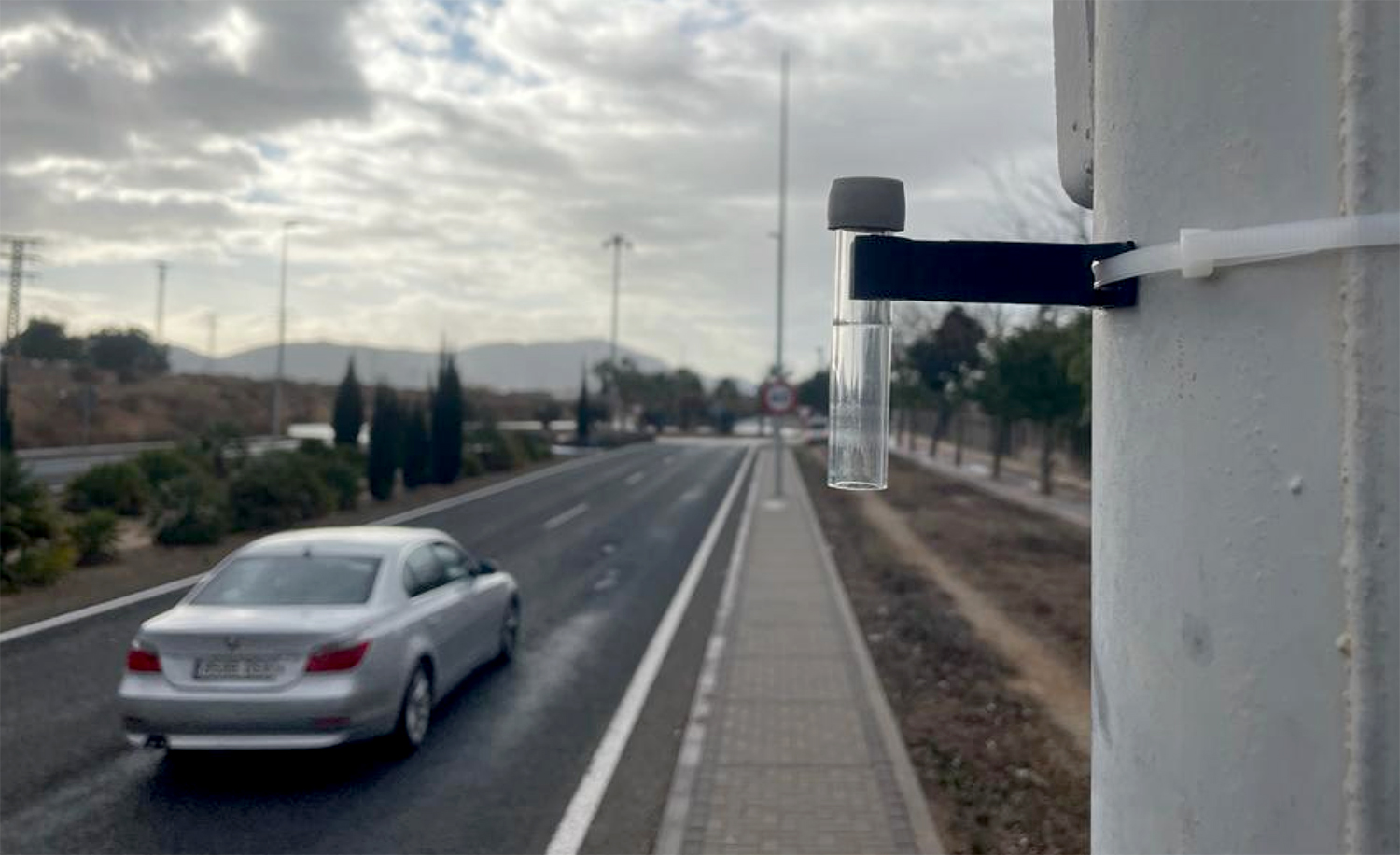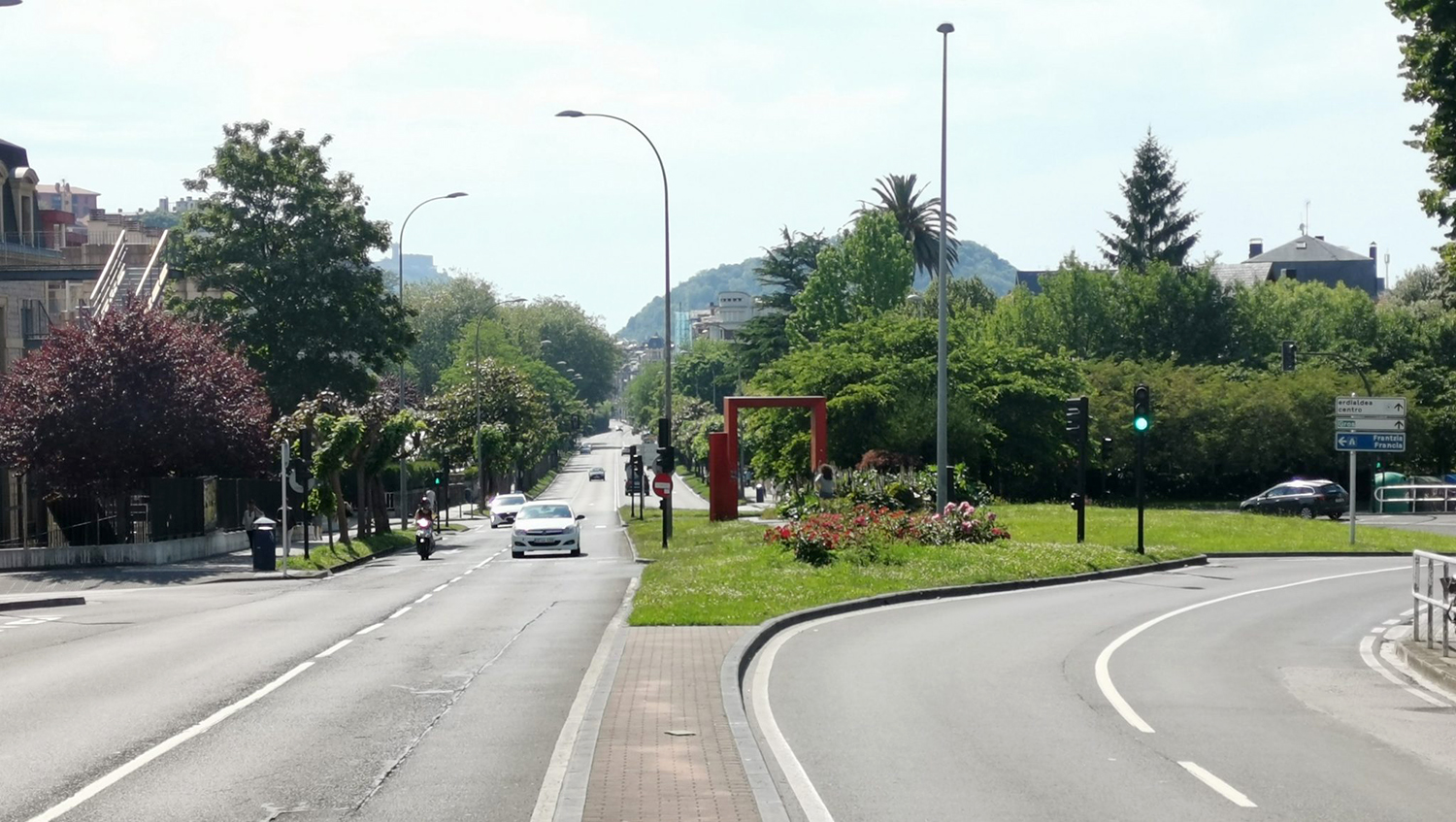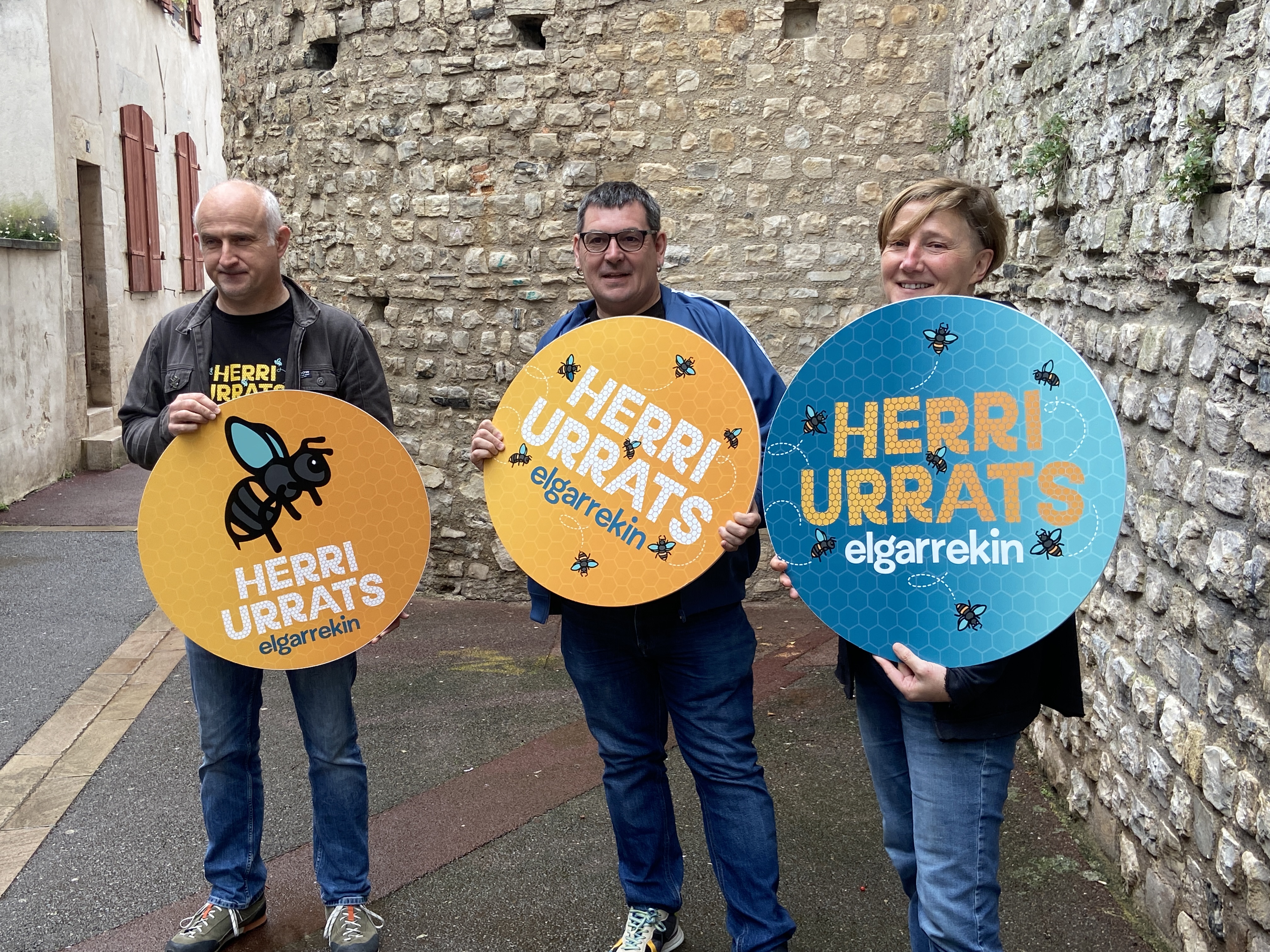Natural laboratory for pupils, emergency vital space for the toad
- “In the Basque Country there will be very few who decide to make a wetland inside the school,” said the teachers of the Plaiaundi Institute of Irun. Instead of a wetland, students have created three: three wells, three habitats; on the one hand, they have achieved a natural laboratory to jump from classroom theory to practice; and on the other hand, they have created an unbeatable reserve for the threatened sapo runner who lives in the area.

It's January 24, the time is good and the high school students will start preparing the wells. Previously, during the Christmas holidays, a small excavator machine has made three holes on three points of the school esplanade. The depth of the wells, their size, the exact place (in the shadows or in the sun)… is not random, they are wetlands designed with native species in mind. They have the blades and the blades prepared, and they'll soon realize that creating a well is not a hole, and nothing else. These are three classrooms from 16 to 18 years old – and three teachers – who are attending high school, with more than 50 students: each class will take care of a well, which have been designated by orientation: Charca Larrun, Pozo Jaizkibel and Peñas de Aia. Jon Garin, of the Society of Sciences Aranzadi, will explain the project and Aranzadi will be his travel partner.
And the students have started to throw dirt with sticks into the hole, cleaning with plasters, taking water out of the well… Then they have put a layer of geotextile between them (it is the basic layer for rain water not to leak in the future and the earth does not absorb everything) and they still have to put another two layers (once again the butyl layer and geotextile). They have had to throw dirt, make fence in the area… They have had to go down to the yard in about four days, to finish the process properly, and in the end they have managed to design three wetlands, three wells that the rain will naturally fill. It is a good idea that the students themselves get more involved in the project: they will keep track of the puddle they feel on purpose, they will approach to see the changes, they are curious… and at the same time, they want the teachers to realize that the human being can influence nature for good and evil.
Karlos Cruz, Ana Uriz and Iñaki Sanz Azkue are the professors of the Environmental and Earth Sciences course at the Plaiaundi Institute. Each has a group and the three groups give the lesson on Wednesdays, in the last two hours. “From the beginning we saw that neither the students nor we were willing to dedicate two hours in a row of theoretical content each week within the class.” That is how the initiative was born.
“We told them to look at how many different plants there were. ‘Because everything is grass’ they answered us. So they looked and found six different species in such a small space” (Iñaki Sanz Azkue, professor)
.jpg)
“Why has the grass not grown?” What was at first an excuse and almost
a game to leave the classroom, has been taking on another dimension, little by little they have been seeing the meaning of what the students have done, and they have realized that the wetland is much more than a well of water: there are microhabitats and corners within the wetland, the themes that work at a theoretical level (ecosystems, biodiversity, plants, life cycles, life cycles). The wetlands created this year will also be useful in the coming courses, as they will continue to evolve and remain excellent natural laboratories for future generations of students.
Because reality is not theory, predictions are not always fulfilled, and that is also enriching. Over time, it has been evidenced that the rafts that initially seemed the same have differences and one of them, for example, has not changed only, as it is very wet and the area is flooded. The teacher reflects: Why hasn't it changed? Why hasn't the grass grown? How does it differ from other wetlands?...
One of the exercises has been to analyze a square meter around a well: how the grass has grown, in what percentage, what plants have appeared… Thus, they have worked evolution and ecological succession. “We told them to look at how many different plants there were. How many plants? Everything is grass!’, they replied. They looked at and found six different species in such a small field. I did not tell them that this is biodiversity, but with or without a name, they have understood the concept, they have internalized it,” explains Sanz Azkue.
The three teachers also produced a full report of questions, exercises and possibilities for reflection. What is the orientation of your wetland and when will the sun touch it? How do the three wells differ? What is the ecosystem of the well, the biotope, the population, the habitat…? What kind of wildlife will approach the wells? Is it important to know when to make a well? Complete a trophic chain for each well and a long etc. When completing the report, interesting exchanges of opinions and discussions among the students were generated, “which is a sign of interest and curiosity in the subject”.
Wells have also been used in other areas such as water analysis, micro-organism search or laboratory practices.
In addition to the Earth and Environmental Sciences, the new patio habitats have been used in other areas: In Science Culture, Biology and Geology, for example, they've been very good at water analysis, protozoa search, microorganisms or laboratory practices. And for the next courses, beyond the scientific areas, the integration of wells in the rest of the subjects is proposed.
The sapo corridor has a place to reproduce. In addition
.jpg) to the educational value, these wetlands are a major contribution from the point of view of biodiversity. The aim has been to create three new habitats that attract amphibians, insects, birds, reptiles… It must not be forgotten that the population of amphibians is in decline and that 40% are at risk of disappearing. But they also intend to provide the threatened species of sapo corridor with adequate housing (not in vain, the wells have been designed with the proper depth, size and characteristics, surrounded by cut grass, as the sapo corridor needs open spaces). Precisely, although the toad that runs can be found in very few places, it lives in the orchards behind the school and in the Ecological Park of Plaiaundi, next to the institute, and that is what the teachers wanted to take advantage of. The wells arrive at a good time: the rear orchards are removed and they foresee that they may be harmful to the toad, as they will have a smaller area for reproduction and life. “At the very least, they are now going to have three new wetlands, a kind of reserve.”
to the educational value, these wetlands are a major contribution from the point of view of biodiversity. The aim has been to create three new habitats that attract amphibians, insects, birds, reptiles… It must not be forgotten that the population of amphibians is in decline and that 40% are at risk of disappearing. But they also intend to provide the threatened species of sapo corridor with adequate housing (not in vain, the wells have been designed with the proper depth, size and characteristics, surrounded by cut grass, as the sapo corridor needs open spaces). Precisely, although the toad that runs can be found in very few places, it lives in the orchards behind the school and in the Ecological Park of Plaiaundi, next to the institute, and that is what the teachers wanted to take advantage of. The wells arrive at a good time: the rear orchards are removed and they foresee that they may be harmful to the toad, as they will have a smaller area for reproduction and life. “At the very least, they are now going to have three new wetlands, a kind of reserve.”
About to finish the course, there is no one at the Plaiaundi Institute who has no news of the sapo runner. And we don't just mean students. Teachers of different subjects, at least, cafeteria workers… ask about the runner toad and the evolution of wells. “It’s been a special thing for everyone, it surprised at the beginning, after a lot of curiosity, and in the end it’s been a strong meeting point for the educational community of Plaiaundi.” That is why, when in April they organized a visit to the wells and the ecological park next door for the evening (because they are the best hours to see the runner toad), many people, children, students and adults, with flashlights and headlights, eager for adventure were encouraged.
The wells arrive at a good time: the orchards are removed from the back and can be harmful to the toad. “At the very least, they are now going to have three new wetlands, a kind of reserve.”
It is May and the brumas, lizards, snakes… are already part of the wetlands. Suddenly, a group of students enter the class screaming: “Zapaburuak! The tadpoles!” In the well where they feel on purpose, they have had the surprise, a eagerly awaited news: the tadpoles of the runner toad have appeared in the well. The future of wells at the Plaiaundi Institute is very good.
.jpg)
The Department of Education reported on diagnostic evaluations in February: He talked about the mid-stage of 2023 and the end-stage of 2024. Since the disastrous results would show that we have a structural problem, the department decided to comply with the procedure (publish... [+]
I found the old news on the LIGHT ephemeris channel: On April 23, 1918, Irish workers went on a general strike in I. Against forced recruitment for World War II. Thanks to the response of the workers and independence supporters, Britain was forced to retreat.
We don’t have to... [+]











